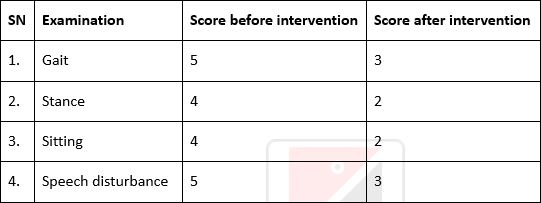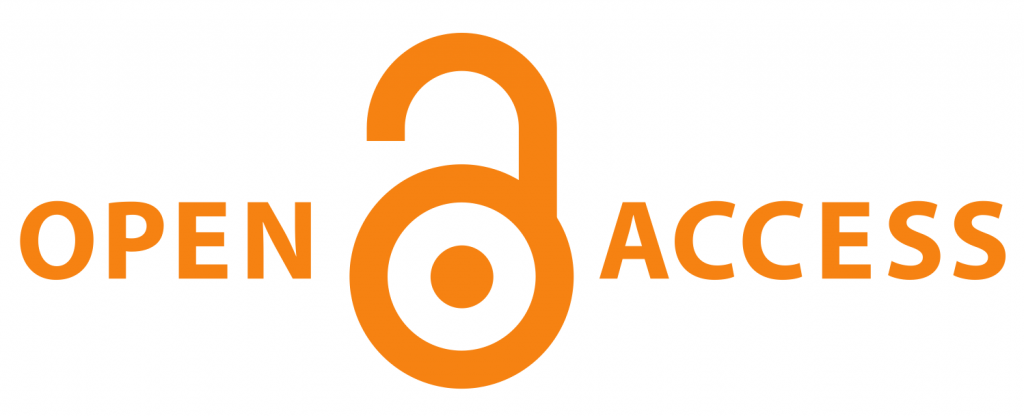Panchakarma treatment approach on Spastic Ataxic Syndrome - A Case Report
DOI:
https://doi.org/10.21760/jaims.10.9.49Keywords:
Spastic ataxic syndrome, Vatavyadi, Virechana, Nasya, Shirovasti, Ksheeravasti, SARA scaleAbstract
Spastic Ataxic Syndrome is a neurological disorder characterized by the simultaneous presence of spasticity and ataxia, indicating dysfunction in both the pyramidal and cerebellar systems. Clinically, it manifests as increased muscle tone, exaggerated reflexes, and impaired coordination, often affecting gait and speech. The syndrome can arise from various aetiologies, including hereditary conditions such as complicated hereditary spastic paraplegias, neurodegenerative diseases, demyelinating disorders, metabolic deficiencies, or cerebral palsy. Here we report a case of a patient diagnosed as autosomal dominant spastic ataxic syndrome with SCA1. She complaint of sudden onset and gradually progressive gait unsteadiness, tremor of both hands, slurred speech was diagnosed as Vatavyadi and Vatahara line of treatment was adopted. The treatment adopted was Rookshana chikitsa with Udwarthana, Utsadanam, followed by Snehapana, Abhyanga ooshmasweda, Virechana, Navadhanyakizhi, Nasya, Pizhichil, Shiropichu, Shirovasti, Ksheeravasti and Pratimarshanasya. Swarna Guggulu, Mashatmaguptadi Ksheera Kashaya, Mahavatavidhwamsa Rasa was advised orally. Total duration of treatment was 60 days. Assessment of the patient was done using SARA scale before and after the treatment.
Downloads
References
Scale for the Assessment and Rating of Ataxia (SARA) [Internet]. Physiopedia; 2020 Feb 10 [cited 2025 Jun 17]. Available from: https://www.physio-pedia.com/index.php?title=Scale_for_the_Assessment_and_Rating_of_Ataxia_(SARA)&oldid=230367
Kuwar RK, Chate VA, Shreevatsa, Sukesh MK. Ayurvedic management of Cerebellar Ataxia – A Case Study. J Ayurveda Integr Med Sci. 2020;5:527–31.
Sreekumar T. Ashtanga Hridaya Vagbhata Sutra Sthana: English Translation and Commentary. 4th ed. Ch.13, Ver.1–3. Thrissur: Harisree Publications; p.289.
Sharma RK, Dash B, translators. Caraka Samhita Sutrasthana. Varanasi: Chowkhambha Sanskrit Series Office; 2014. Vol 1. p.388.
Sharma PV, translator and commentator. Susrutha Samhita Chikitsa Sthana. Vol 2. Varanasi: Choukhambha Visvabharati; 2013. p.497.
Sreekumar T. Ashtanga Hridaya Vagbhata Sutra Sthana: English Translation and Commentary. 4th ed. Ch.16, Ver.46. Thrissur: Harisree Publications; p.39.
Murthy KRS. Ashtanga Hridaya Chikitsa Sthana. Vol 2. Varanasi: Chowkhambha Sanskrit Series Office; 2014. p.225.
Murthy KRS. Ashtanga Hridaya Chikitsa Sthana. Vol 2. Varanasi: Chowkhambha Sanskrit Series Office; 2014. p.258.
Preethi B, Seetha PD, Rashmi R. Concept of Ksheera Basti – A Review Article. World J Pharm Pharm Sci. 2019;8(1):453–61.
Sreeja A, Praveenkumar, Sadanandam Ch. Effect of Shirovasthi and Nasyam in Cerebellar Disorder. Int J Adv Res. 2016;4(10):457–60.

Published
How to Cite
Issue
Section
License
Copyright (c) 2025 Devu S. Vijayan, Simi Ravindran, Ambili Krishna

This work is licensed under a Creative Commons Attribution 4.0 International License.














